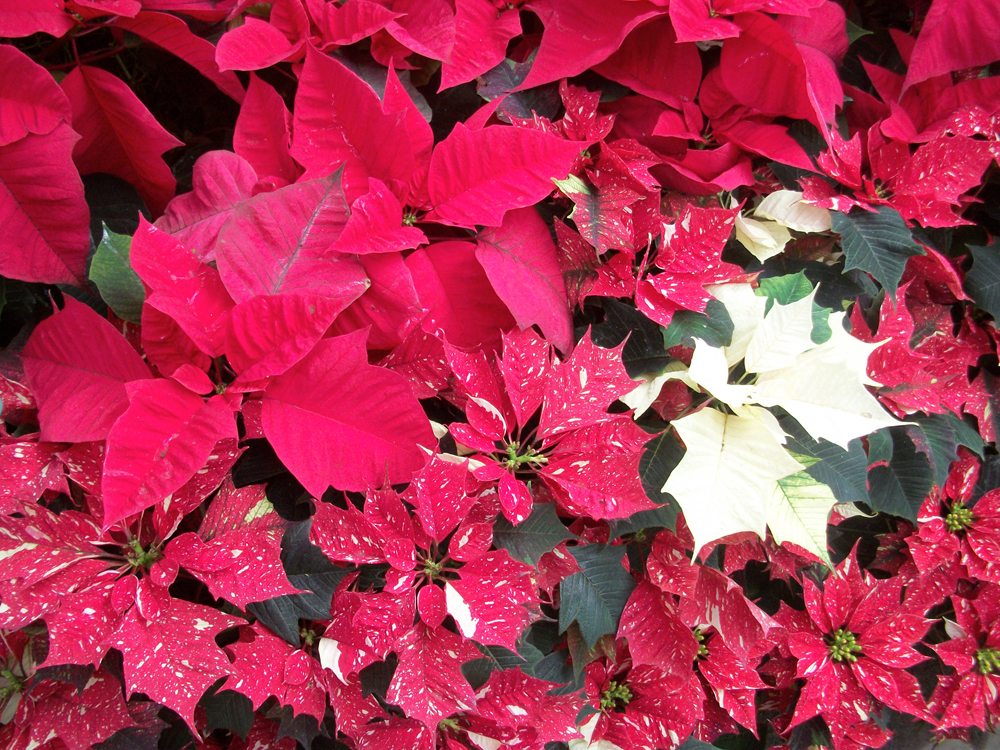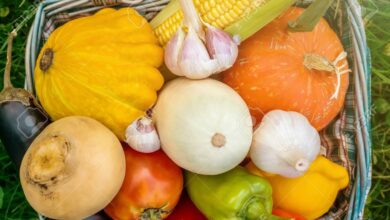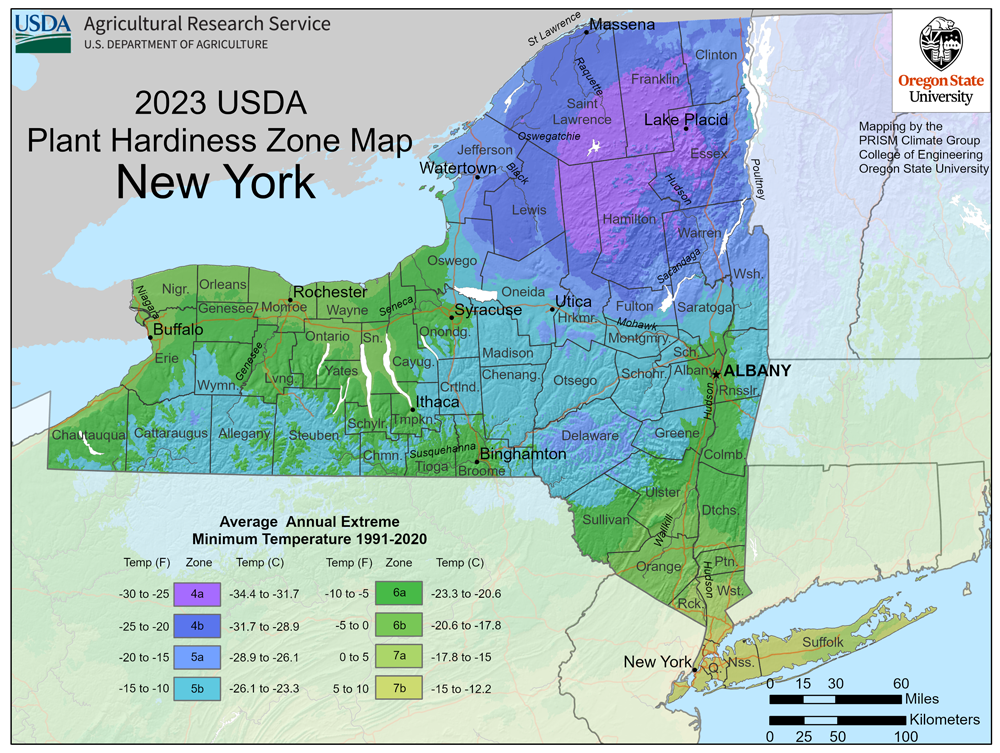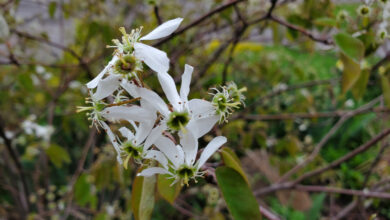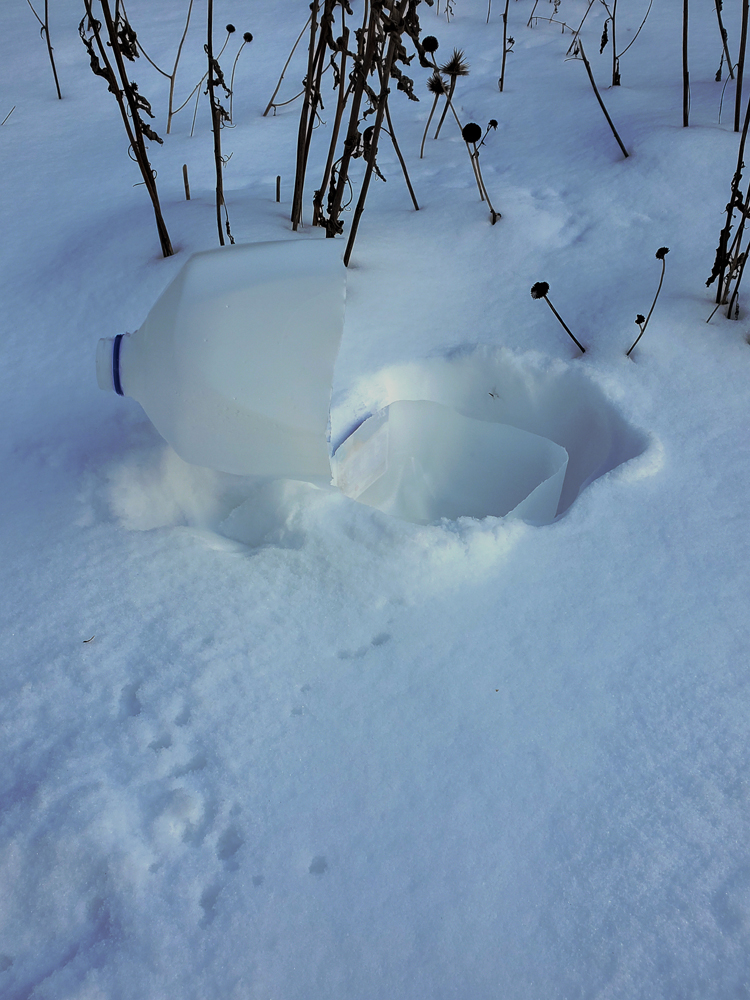History of the poinsettia
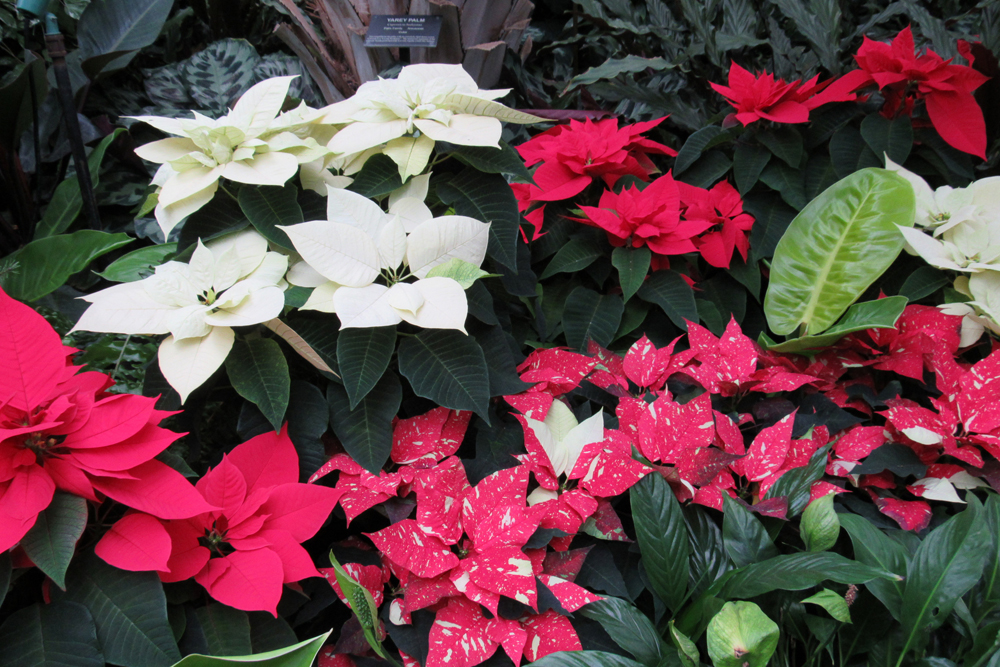
Poinsettias are the number one flowering potted plant in the United States – that according to several sources I came across preparing this column, including Iowa State University Extension and Outreach. With the Christmas holiday here, if you are celebrating, and especially if you are a gardener, you probably have at least one poinsettia adding festive color to your home.
Poinsettias are native to Mexico and were a popular plant well before Europeans arrived. The plant’s botanical name is Euphorbia pulcherrima and the indigenous name is Cuetlaxochitl (kwet-la-sho-she).
Colorado State University Extension says the plant was prized by indigenous kings and the Aztecs used the colorful bracts (modified leaves surrounding small, yellow flowers) to produce a reddish-purple dye. The milky-white latex was used for medicinal purposes. After the coming of Europeans, Franciscan missionaries in the 16th and 17th centuries used the plant to decorate Nativity scenes as they noticed it blooming during the Advent and Christmas seasons.
The plant made its way to the United States in the 1820s when the first U.S. Ambassador to Mexico, Joel Poinsett, sent some plants to his home in South Carolina and shared his find with other plant enthusiasts. The common name Poinsettia is derived from his name.
Poinsettias became a popular houseplant and holiday tradition after plantsman Paul Ecke, Sr. grew poinsettias as a cut flower in the Hollywood and Beverly Hills area of California in the 1920s. The Ecke family later moved to Encinitas, CA, and began to focus on producing field-grown poinsettia mother plants which they shipped throughout the country via railroad box cars.
Colorado State University notes that in the 1960s, Paul Ecke, Jr. took poinsettias on The Tonight Show and the Bob Hope Christmas Specials to help increase the popularity of the plant. His efforts paid off and at the same time, the Ecke family moved to greenhouse production, creating the need for improved cultivars.
Active breeding of poinsettias began in the 1950s with the goal of creating cultivars that would retain their leaves and bracts for longer periods. Mikkelsen of Ohio, Heggs of Norway, the Ecke Family, and the Fischer Family – a German breeder – contributed many cultivars over the years.
Today we have many beautiful choices of poinsettia cultivars, and new ones are released each year. Modern cultivars last longer in the home, bloom earlier, require fewer resources for production, and include more color selections and better quality plants for consumers, Colorado State University says.
Enjoy this holiday week and enjoy your poinsettias – they prefer moderately moist soil and temperatures between 60 and 70 degrees F. Remove the foil sleeve from the pot to water, the roots can suffer from rot if the plants sit in water-soaked soil.
